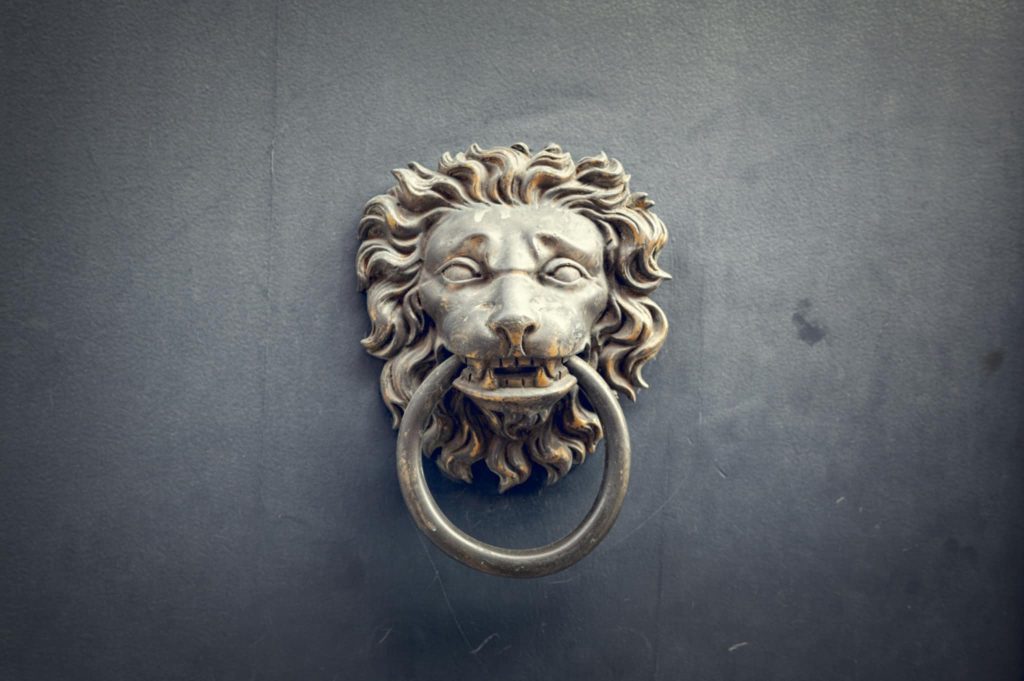Exploring the Role and Meaning of Lions in Historical Art and Architecture

Throughout human history, the lion has occupied a central role in symbolism, art, and architecture, symbolizing power, bravery, and royal authority across cultures worldwide. From the majestic sphinxes of ancient Egypt to the guardian statues of Chinese temples, the lion consistently embodies attributes of strength, protection, and nobility. This deep-seated symbolic value has profoundly influenced art, architecture, mythology, and even spirituality.
The Lion in Ancient Cultures
Historically, lions have served as powerful symbols in ancient civilizations, beginning prominently with the Egyptians. In Egyptian mythology, lions were associated with the fierce goddess Sekhmet, who represented war, destruction, and healing. Sekhmet, depicted as a lioness-headed woman, embodied a fierce protective energy, highlighting the dual nature of lions as both destructive and nurturing.
Beyond Egypt, the lion also carried significant symbolism in Mesopotamia. Ancient Babylonian artifacts frequently portray lions as symbols of royalty and strength. Notably, the famed Ishtar Gate of Babylon, now housed in Berlin’s Pergamon Museum, showcases meticulously crafted reliefs of lions, symbolizing the might and protection provided by the city’s ruling deities.
The Lion as a Symbol of Power in Ancient Greece and Rome
In ancient Greece, lions held strong associations with power, courage, and the divine. Hercules, one of Greek mythology’s greatest heroes, famously defeated the Nemean lion as part of his Twelve Labors. This act symbolized human triumph over natural forces, reinforcing the lion’s role as a formidable challenge and testament to bravery.
Similarly, the Romans widely embraced lion symbolism to represent strength and authority. Lions appeared regularly in Roman art and architecture, often depicted alongside emperors or gladiators. Public spectacles involving lions symbolized Rome’s dominance over nature and reinforced the emperor’s absolute authority.
The Lion in Religious Symbolism
In various religious traditions, the lion frequently appears as an important spiritual icon. Christianity notably associates the lion with courage and divine authority. A well-known biblical reference is the “Lion of Judah,” representing the tribe of Judah and, symbolically, Jesus Christ himself as a kingly and victorious figure.
Buddhism also assigns spiritual significance to the lion. The “Lion’s Roar,” a metaphor for the teachings of Buddha, symbolizes authority, clarity, and truth. In many temples across Asia, lion sculptures guard entrances, their imposing forms meant to repel evil spirits and symbolize the protective power of the Buddha’s teachings.
Lions in Heraldry and Medieval Europe
In medieval Europe, lions prominently featured in heraldic symbols. Noble families and kingdoms extensively used lion imagery in their coats of arms to project power, bravery, and nobility. Perhaps the most renowned heraldic lion is the Lion Rampant of Scotland, a fierce depiction symbolizing bravery, royalty, and national pride. Such symbols communicated powerful messages about lineage, valor, and legitimacy.
Architectural details from medieval castles and cathedrals often featured lion motifs, carved intricately into stone. Lions were strategically placed at gates, battlements, and entrances, serving as both guardians and symbolic expressions of authority.
Lions in Asian Art and Architecture
Across Asia, lions played significant roles in symbolic artistry and architectural embellishments. In China, the lion, though not native, became an essential icon of protection and prosperity. Guardian lions, also known as “Foo dogs,” prominently adorn temple gates, palace entrances, and government buildings. Typically depicted in pairs—one male, one female—these statues represent yin and yang, harmony, and protection from negative influences.
Similarly, in Indian architecture and religious iconography, lions frequently appear as symbols of power and protection. The iconic Ashoka Pillar, crowned with four lions, symbolizes courage, pride, confidence, and unity, now serving as India’s national emblem.
The Lion’s Enduring Cultural Legacy
The symbolic importance of lions persists in contemporary society, influencing modern interpretations in various mediums. Whether in popular media, national symbols, or decorative motifs, lions continue to embody leadership, strength, courage, and protective vigilance. The enduring appeal and adaptability of lion symbolism reflect deep-rooted psychological and cultural associations that transcend geographical and historical boundaries.
Modern Interpretations and Symbolic Uses
Today, lions remain embedded deeply in symbolism and popular culture. Logos of prestigious companies, sports teams, and national emblems frequently use lions to evoke trust, dominance, and reliability. The psychological impact of lion imagery is leveraged to signify qualities that are universally admired and desired.
Interestingly, the symbolism of lions also extends into personal and decorative use. Many individuals choose lion-inspired accessories or tattoos to represent personal courage, strength, and ambition. To understand the deeper personal significance behind such choices, readers might explore resources discussing the meaning of lion in jewelry, which further illustrates how lion symbolism translates into contemporary life.
Lions in Global Art Collections and Museums
Museums around the world prominently feature lions in their art and historical collections. For instance, the Smithsonian Institution’s National Zoo provides authoritative and informative insights about lions through their comprehensive Lion Fact Sheet. This resource vividly highlights how lions have continually inspired humanity’s artistic and cultural expressions.
Conclusion
The role and meaning of lions in historical art and architecture reflect the profound and universal human attraction to their strength, courage, and majestic presence. Spanning continents, cultures, and centuries, lions have become synonymous with leadership, bravery, and protection. Their portrayal in mythologies, religious texts, and architectural marvels underscores a timeless appreciation and respect for these powerful creatures. Whether guarding the gates of temples or inspiring emblems of modern nations, the lion’s symbolism remains as compelling today as ever, continually reminding humanity of its most admirable traits and aspirations.
Media Attributions
- Messenger_creation_63786AA2-91A8-4720-8DDB-70001027EABE